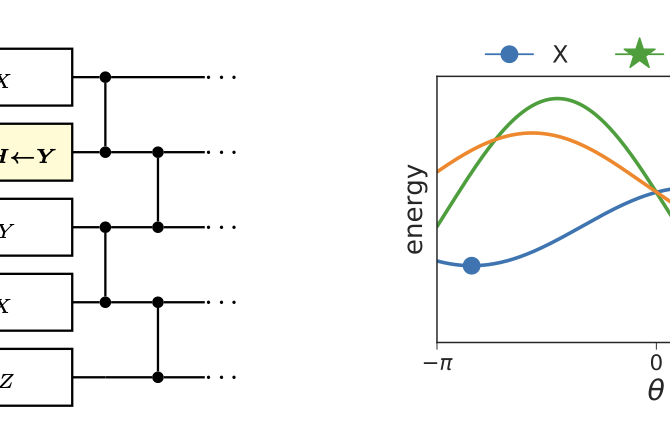Researchers from Tohoku University and the Massachusetts Institute of Technology (MIT) have unveiled a new AI tool for high-quality optical spectra with the same accuracy as quantum simulations, but working a million times faster, potentially accelerating the development of photovoltaic and quantum materials.
Understanding the optical properties of materials is essential for developing optoelectronic devices, such as LEDs, solar cells, photodetectors, and photonic integrated circuits. These devices are pivotal in the semiconductor industry’s current resurgence.
Traditional means of calculation using the basic laws of physics involve complex mathematical calculations and immense computational power, rendering it difficult to quickly test a large number of materials. Overcoming this challenge could lead to the discovery of new photovoltaic materials for energy conversion and a deeper understanding of the fundamental physics of materials through their optical spectra.
A team led by Nguyen Tuan Hung, an assistant professor at the Frontier Institute for Interdisciplinary Science (FRIS), Tohoku University, and Mingda Li, an associate professor at MIT’s Department of Nuclear Science and Engineering (NSE), did just that, introducing a new AI model that predicts optical properties across a wide range of light frequency, using only a material’s crystal structure as an input.



